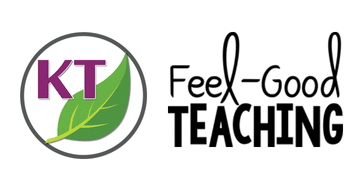These 25 STEM posters identify the special way scientists, and really all STEM Pros, think and behave so we may better practice the traits ourselves – in (and hopefully beyond) STEM classes! Yes, growth mindset is an important piece, but it doesn’t tell the whole story!
What is included in this resource?
*Text is editable in Google Slides (TM)
What are the ideals & how were they chosen?
I researched and read up on current and legendary STEM professionals (STEM Pros), keeping a running list of traits found in their stories and in their work. Next, I reflected deeply on what I really wanted students to embody in their STEM work. That led to a list of 25 ideals, organized into five categories:
Is this series appropriate for any STEM classroom?
While the ideals in this series will work well in any STEM class, I think it’s best -suited for science classrooms because more of the videos/articles/quotes used are from scientists than any other field. Math, engineering, and technology fields are represented, of course, but the series examples skew toward science.
In developing the STEM Ideals series, I had three major goals:
-
Explicitly identify common STEM Ideals for students to explore and study.
-
Provide quotes and examples in a balanced way by gender and ethnicity so all students can see themselves in these professions.
-
Make it meaningful and practical for teachers to implement in terms of time and planning.
And I was guided by three quotes:
“We think scientific literacy flows out of how many science facts can you recite rather than how was your brain wired for thinking. And it’s the brain wiring that I’m more interested in rather than the facts that come out of the curriculum or the lesson plan that’s been proposed.”
“Science is a way of thinking much more than it is a body of knowledge.”
“Facts are not science – as the dictionary is not literature.”
You might be wondering why these are STEM Ideals rather than traits, principles, or habits, or what the thinking was behind using verb phrases (Be Safe) vs. nouns (Safety).
A LOT of thought and consideration went into these and other decisions about the resources. You’ll find the rationale behind my answers to these and other questions within the resource as well as in this blog post. You can always reach out to me through the Q&A tab as well.
Note: Any coupon codes you received for subscribing to the email are for this site and will not work on TpT.
Only logged in customers who have purchased this product may leave a review.












Reviews
There are no reviews yet.